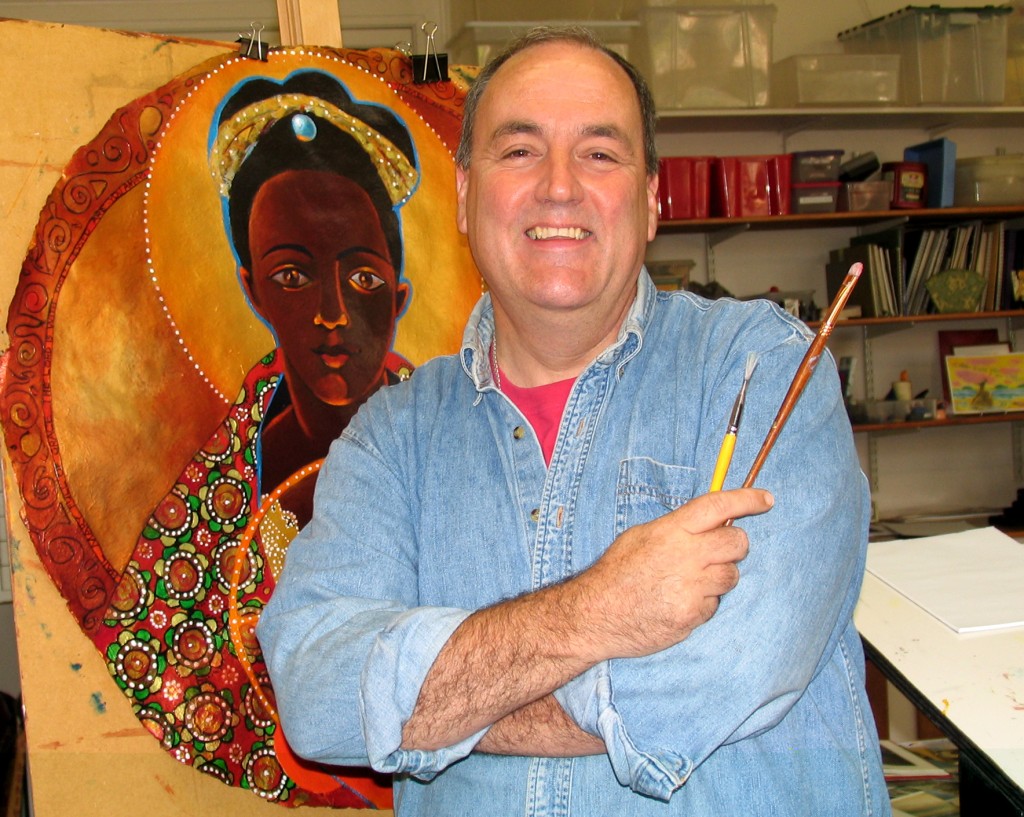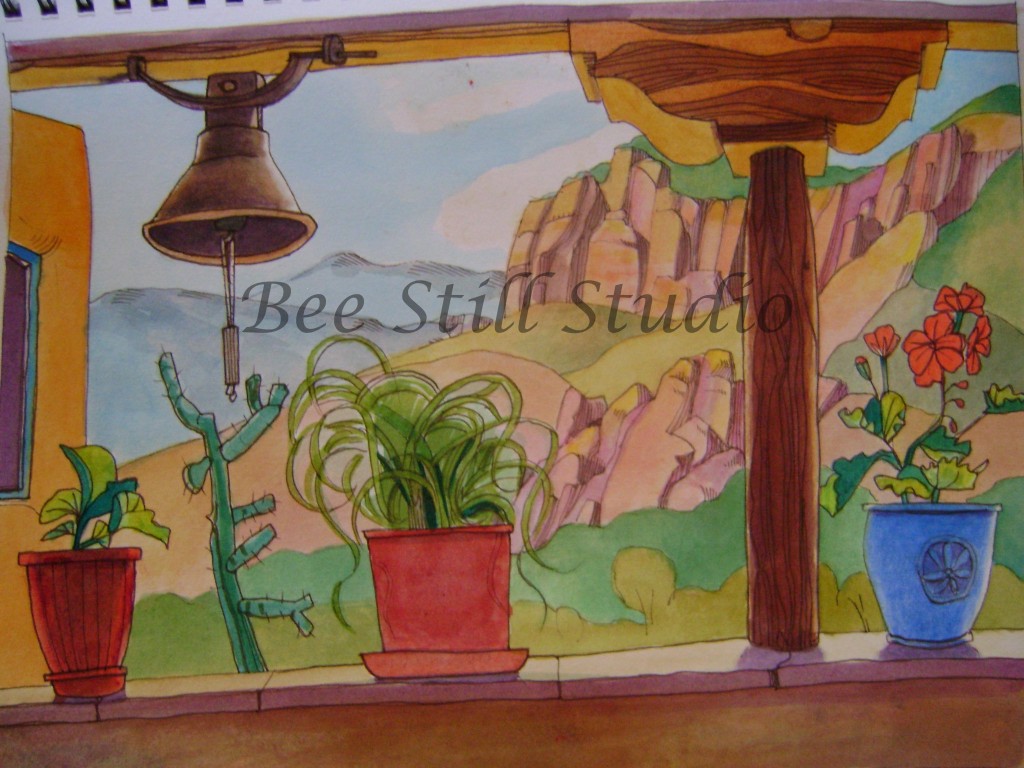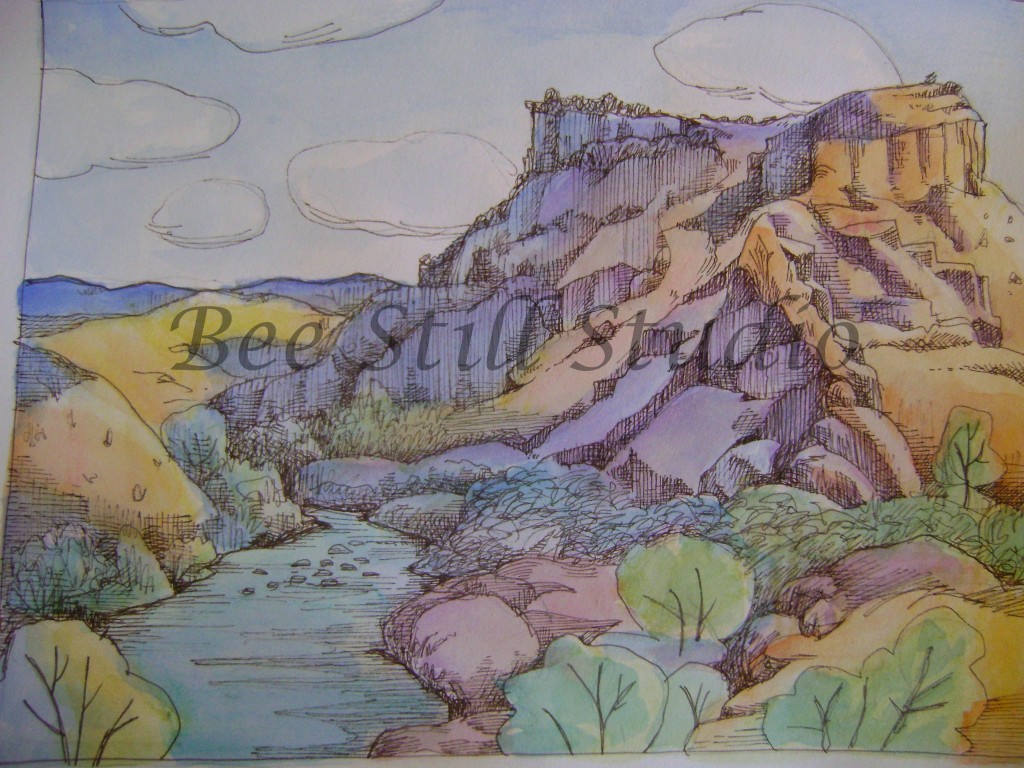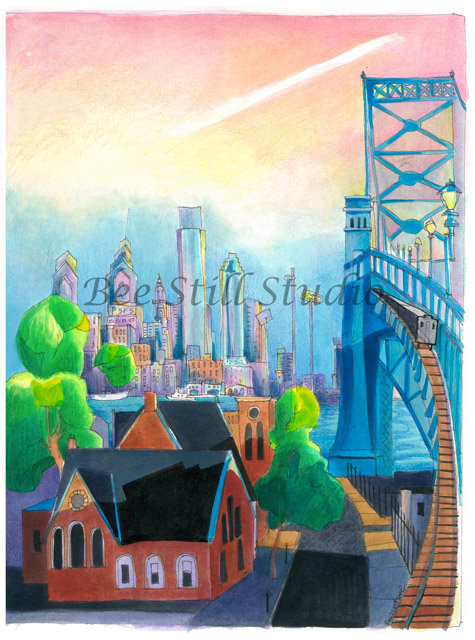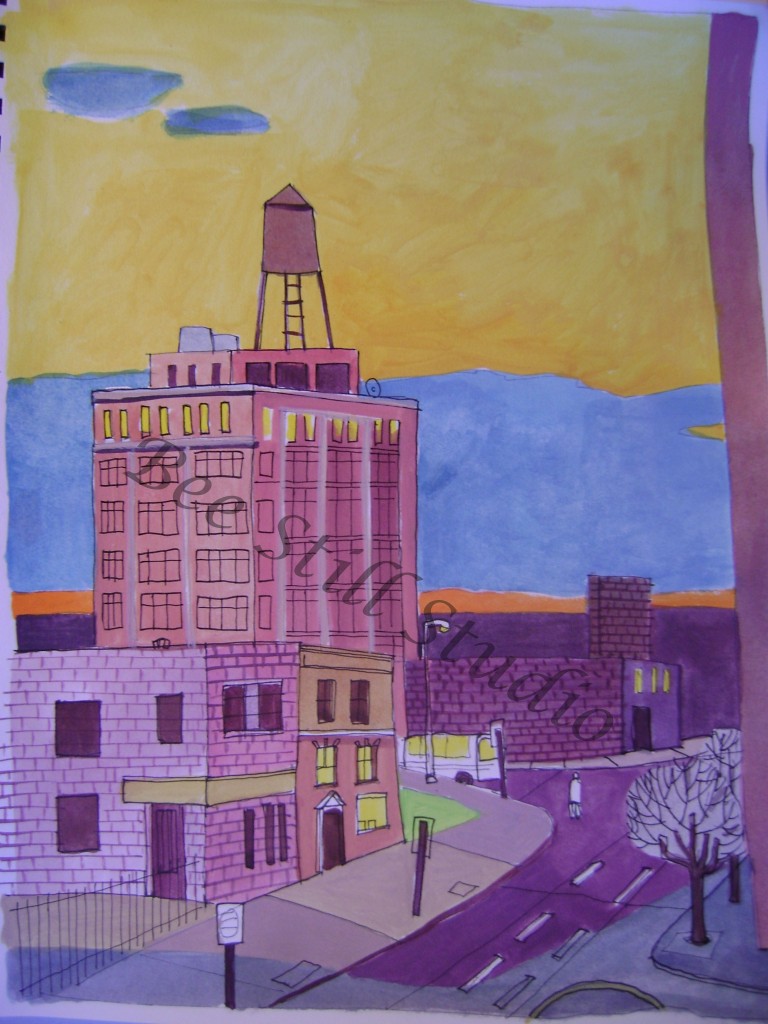Prior to my moving to Camden, New Jersey, I’d always sensed that the real purpose of my role as an artist is to be part healer and part pilgrim guide. Now that I have lived here for almost four years, I no longer sense it – I know it, deep in my heart. Living and working in the most dangerous city in the United States, and one of the poorest, I have discovered new meaning for my talents and gifts: the revelation of unexpected beauty which crosses paths with the pain and challenges that I see before me every day.
Henri Nouwen, the great spiritual writer and priest who spent his last years in Canada, once wrote, ”My deepest vocation is to be a witness to the glimpses of God I have been allowed to catch.” These glimpses of God that we are allowed to catch are with us everyday, everywhere. It is our job as artists to make note of them, create something from them in whatever form we are inclined to do so, and to share the outcome with others – not only because we have no choice, but because it is our calling: to help others see and hear with the eyes and ears of their hearts. And nothing prepares my own eyes for glimpsing God more than pilgrimage.
My artist’s soul thrives on travel to exotic and sacred places. My idea of pilgrimage is grabbing my pens and sketchbooks and hitting the road (or airways). I have made sketching pilgrimages to many far-flung places over the years – from Ireland and Italy to Israel and India – so the drawers of my studio file cabinet are filled to overflowing with the creative results of these exotic and holy pursuits. (One place I’ve not yet been, but long to see, is western Canada! The beauty of vast, wide-open plains beneath a big sky has been calling my name for years.)
Right before I moved to Camden from Philadelphia, just across the Delaware River, I went on a sketching pilgrimage to New Mexico. I visited Georgia O’Keeffe’s homes and the Christ in the Desert Monastery, and spent lots of time and ink sketching the incredible beauty of the desert scenery. Ever-changing light and racing clouds highlighted the brilliant colors and deep shadows of each mountain and canyon at every turn in the road. I felt immersed in a mystical, spiritual world that I’d never known before. I took some pictures with my camera for future painting reference, but I always prefer to record what I see in my sketchbook. It helps me connect better to the world before me and grounds me in the present moment.
Were it not for that experience of glimpsing God in the brilliant sunshine on pink and yellow-orange cliffs, or the purple and blue shadows of canyons and gorges or the green brush on the desert floor, I could never have settled into my new home in Camden with my eyes so well attuned to beauty. Here, my glimpses of God are very often found in the sad beauty of weary people or abandoned buildings in all their faded glory. But guess what? The same golden color of sunrise and sunset that brings magic to the southwest desert, floods the skyline of Camden city and reminds me that all the world is brimming with the splendor of God.
Take a video tour of Brother Mickey’s art studio, as he talks about his art and moving to Camden:
(Click on images to enlarge)


